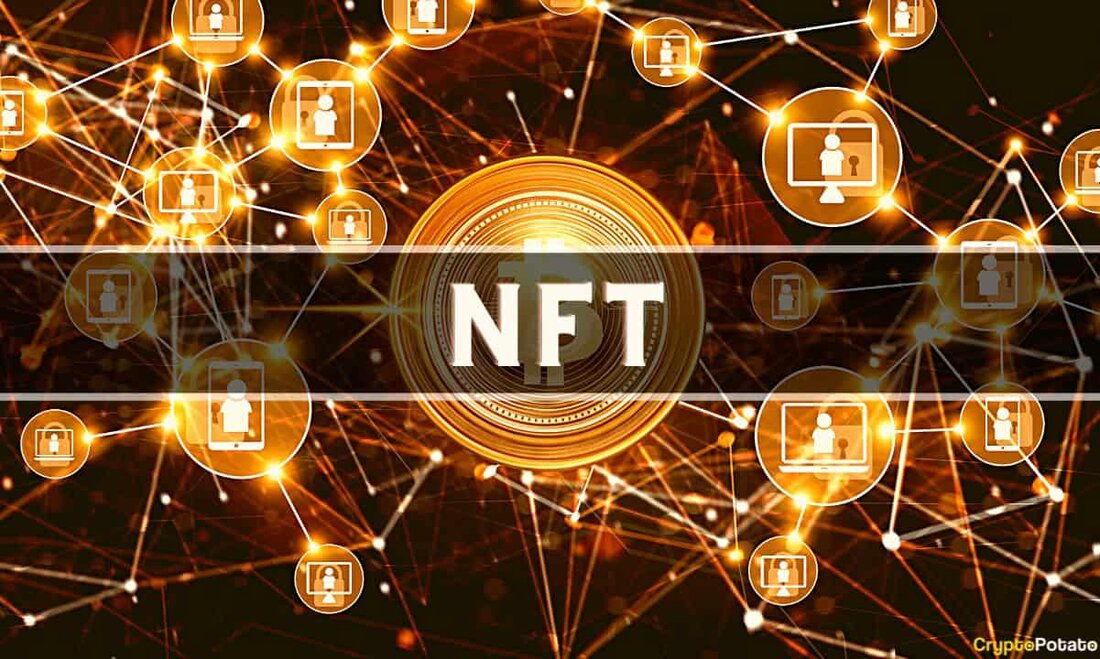OpenSea Rival Blur enlivens the NFT activity: Glassnode

OpenSea Rival Blur enlivens the NFT activity: Glassnode
The blockchain-intelligence platform Glassnode published a report on Wednesday in which analyzed how Blur-the new hotspot for the NFT trade-is slowly reviving in the chain.
The company has determined an increase in gas consumption of NFT-related transactions to Ethereum in the past two months.
The rise of the blurring
As the report explained, the Ethereum gas fees have become more expensive this month, with the average transaction gas price increased to 38 Gwei, compared to about 10 to 20 Gwei in the previous nine months. This is higher than the gas costs both during the FTX case in November (36 Gwei) and during the Binance bankrun event in the following month (24 Gwei)-both events create a high blockage demand that drives the transaction costs up.
"On closer inspection ... we can find that a main source of this increasing network activity is the NFT market, which once again shows signs of growth," wrote Glassnode.
nfts had a slow year 2022 with both trade volume and minimum prices for top collections sink and different analysis revealing that the NFT economy was full of wash trading. OpenSea-the long-time king of the NFT marketplaces-was forced to do so released 20 % of its workforce in June due to the baisse and macro-economic pressure.
The slaughter has left space for a new NFT marketplace and aggregator-blur-to thrive. The blur was introduced in October and has already started to dominate 78 % of the NFT transfer volume by using a "zero trading fee model with optional licensing payments".
despite the changeover to a separate-free model in the course of the competition, OpenSea has so far not been able to keep up with the comet-like rise of Blur. According to the Glassnode, this is due to the fact that Blur, unlike OpenSea's historical target audience, has attracted a community of professional dealers of “creators and collectors”.
Typical Blur users are now performing 4 to 5 trades per day on the platform, compared to OpenSeas average of only two trades per user.
"A higher sales frequency can create a flywheel effect, since more NFT sellers feel safe to listen to the Blur platform, which creates a larger offer, which in turn attracts more buyers," says the report. />
NFT acceptance
While the gas indicators look promising, the general NFT acceptance seems to be unaffected by the growth of blur. Glassnode's data showed that the growth of new addresses on Ethereum is 40 % below the value of the last February. This means that Blur users primarily seem to be existing Ethereum users and not completely new network participants.
With a view to Bitcoin, however, the discovery of NFTS in December triggered A wave of acceptance for the Taproot upgrade 2021. This also enables NFTs, climbed 50% last week.
.
